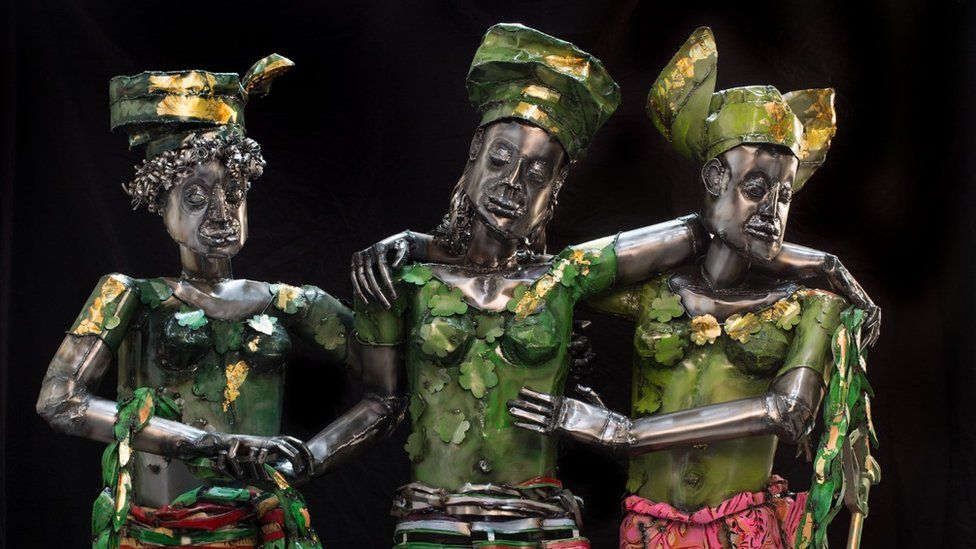In the heart of Kampala, Uganda, an art gallery showcases abstract paintings by Charlene Komuntale, a contemporary Ugandan artist, among others. The rich and diverse history of contemporary African art, spanning prehistoric times with expressions like sculpture, masks, paintings, and textiles, is gaining newfound recognition globally.
Read More: Rainforest Alliance to Support Kenyan Coffee
Daudi Karungi, artist, and curator at Afriart Gallery, notes a transformative shift in recent years. Historically, most collectors were expatriates, but now the growing Ugandan middle class actively engages with and collects African contemporary art. Modernization and exposure to diverse cultures contribute to a surge in local clientele, filling homes with captivating artworks.
Linda Mutesi, an art collector, emphasizes the importance of preserving African art on the continent. Historically, valuable pieces left Africa, creating a void. Mutesi views art collection as an intervention, preventing further loss of intellectual property and fostering a sense of cultural pride.
African art has evolved over the years, mirroring social, political, and cultural changes. Artists like Lillian Nabulime, sculpting intricate pieces for decades, note the recent wave in art collection. The expanding range of artistic concepts, including fashion, film, and video, attracts a diverse audience.
Globalization and social media access play pivotal roles in the African art market’s growth. Platforms like Facebook, Instagram, and Twitter enable artists to showcase and sell their work internationally. The Art Basel 2023 report highlights a remarkable increase in auctioned works by Contemporary African artists, signaling a booming industry.
Read More: South African Court Declares Zulu King’s Coronation Unlawful
As Africa’s contemporary art scene garners attention, the surge in local collectors and international interest marks a renaissance, promising a vibrant future for African artists and their captivating narratives.









